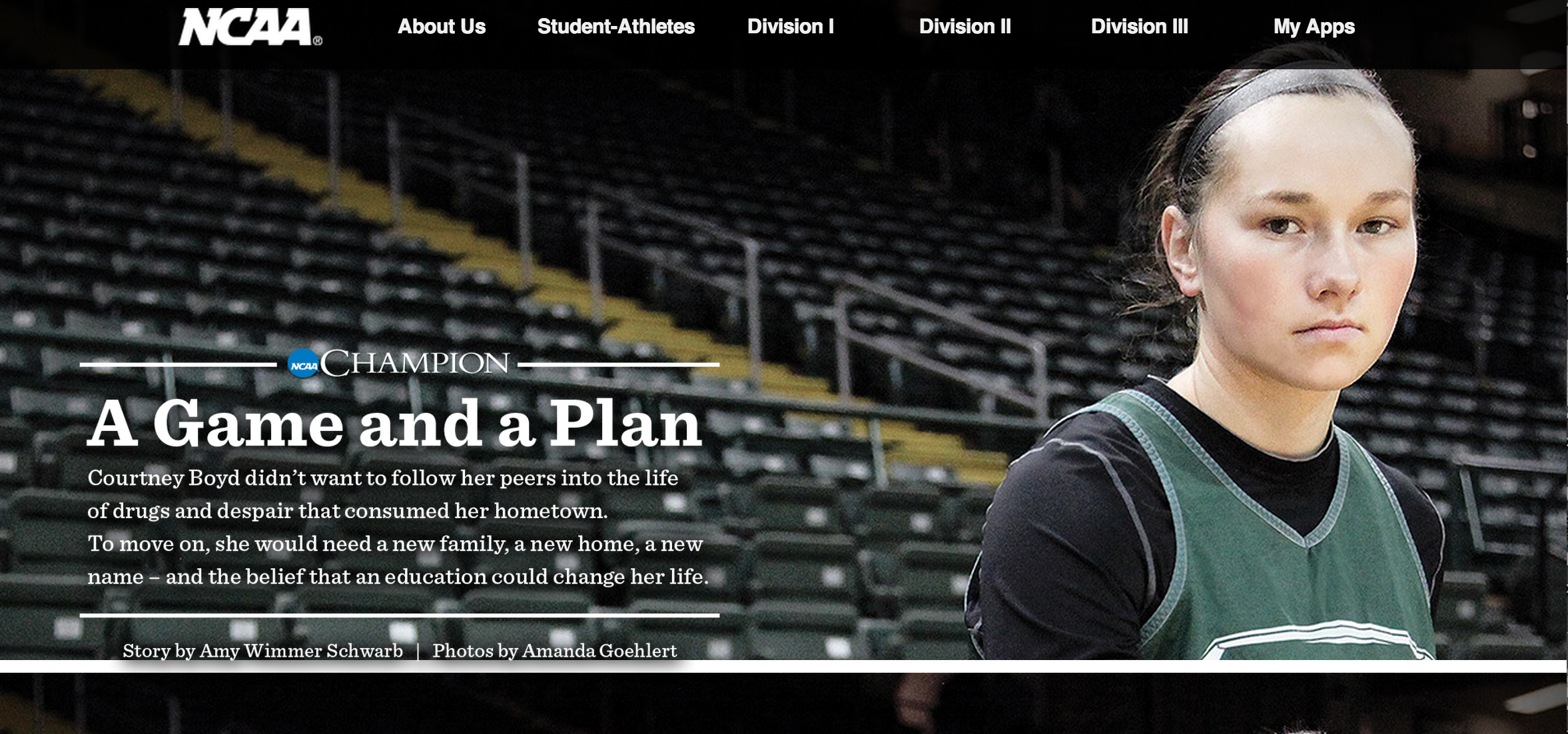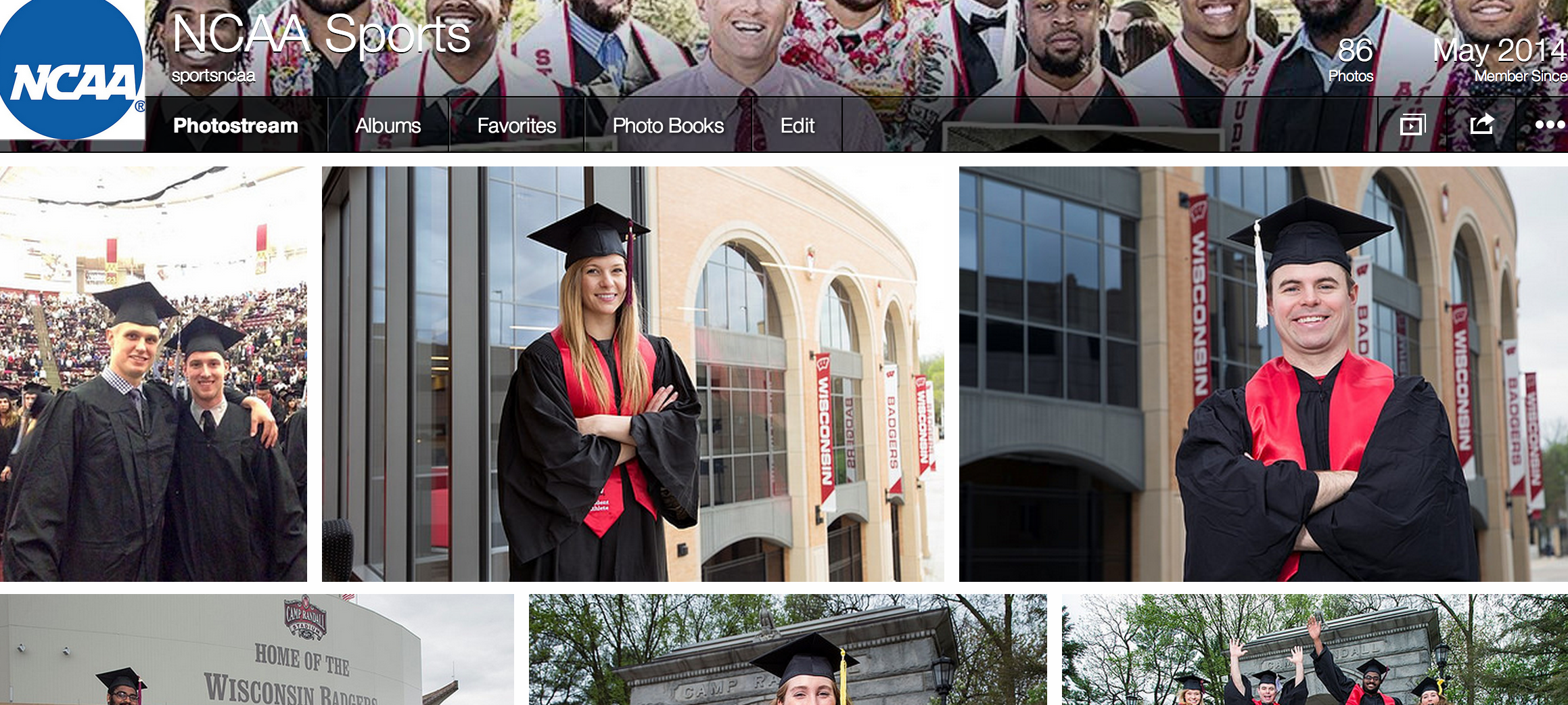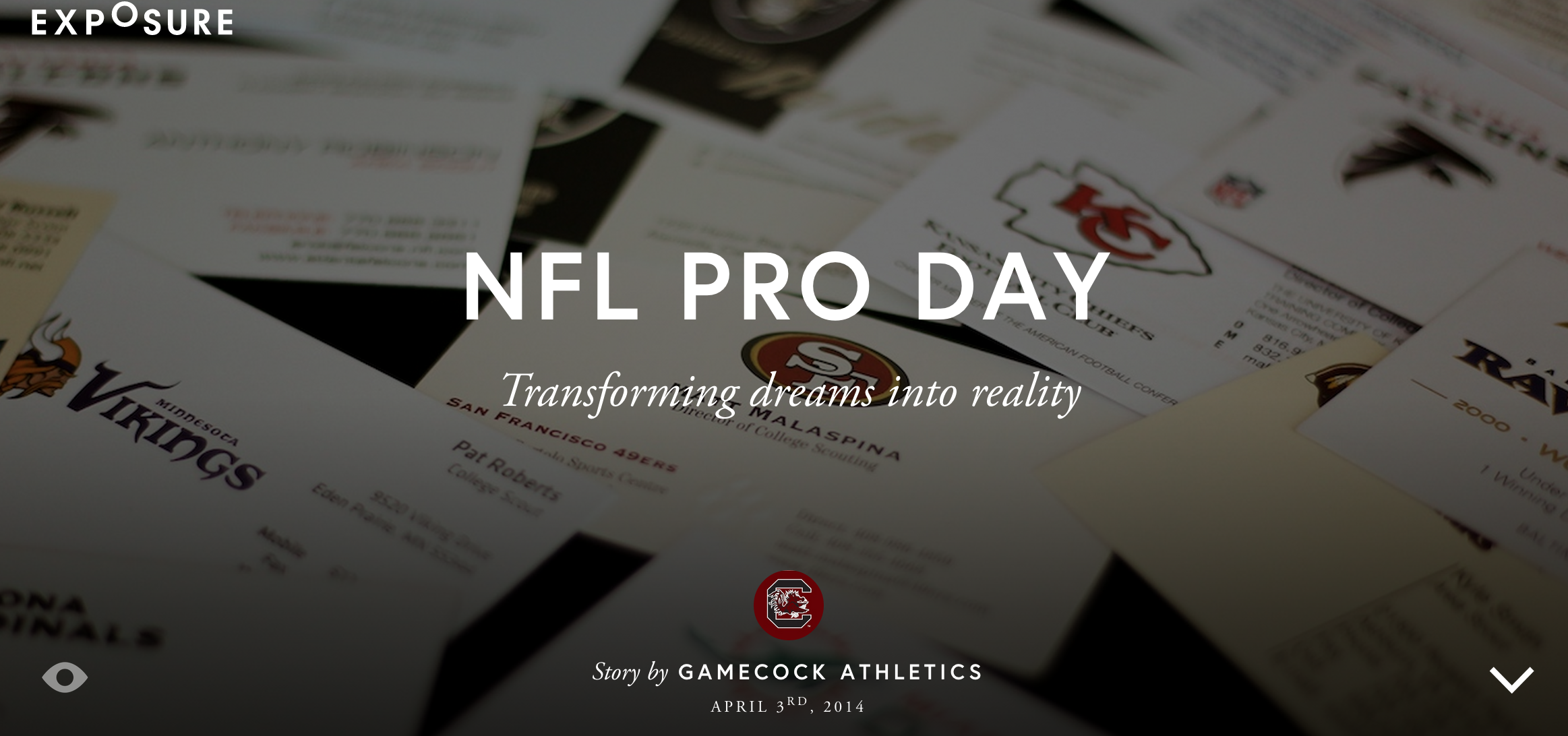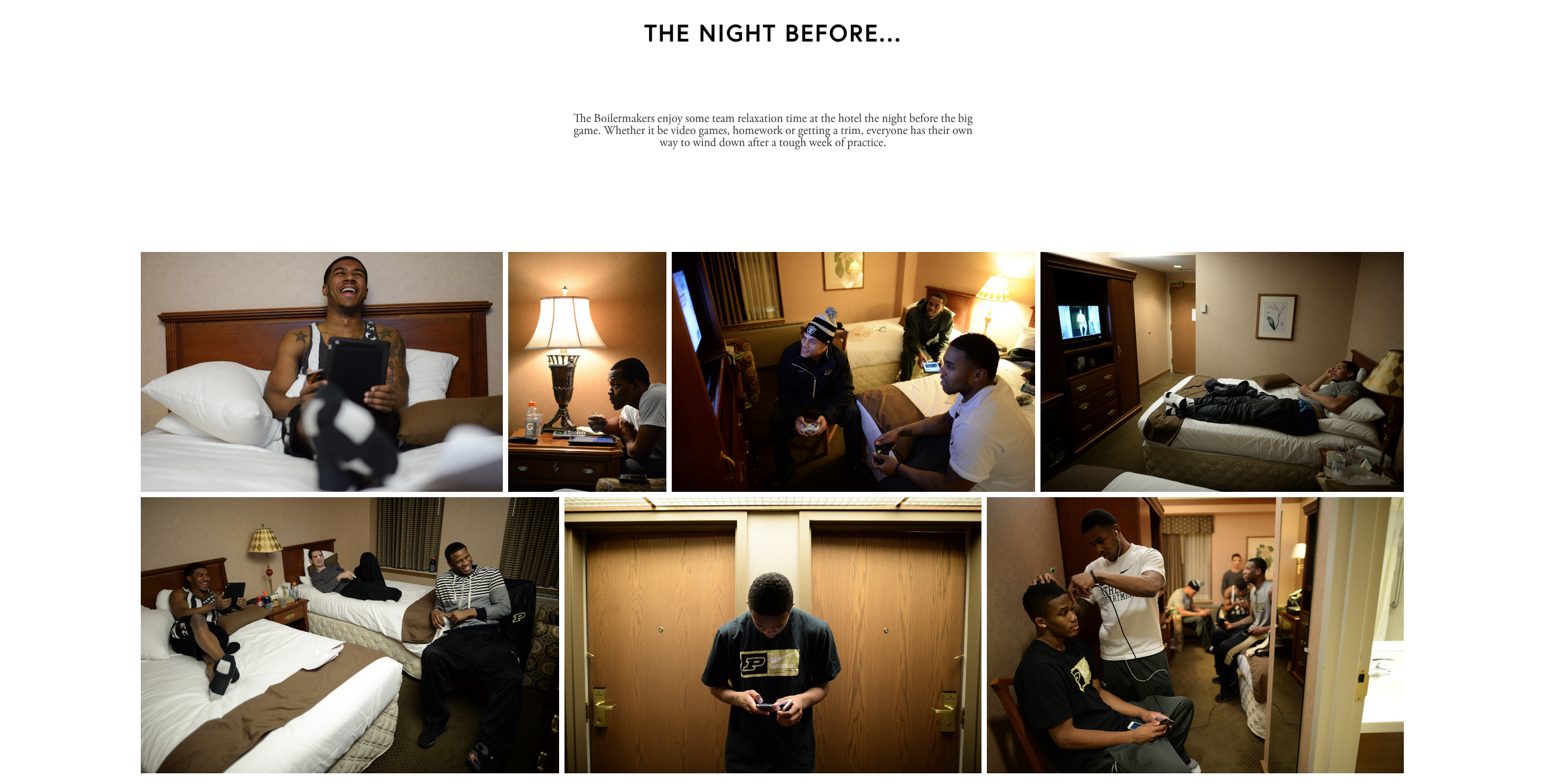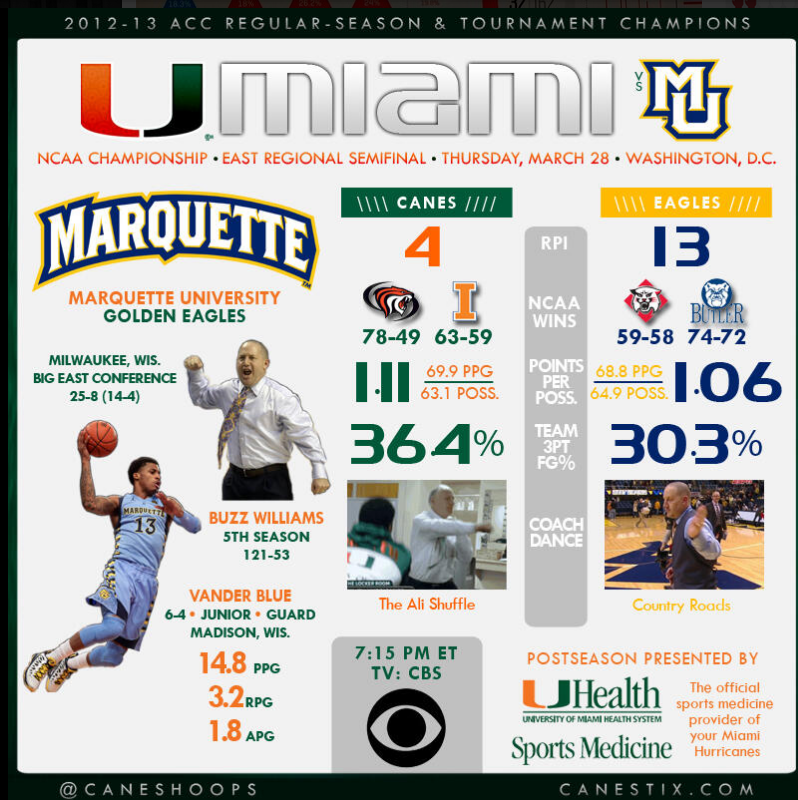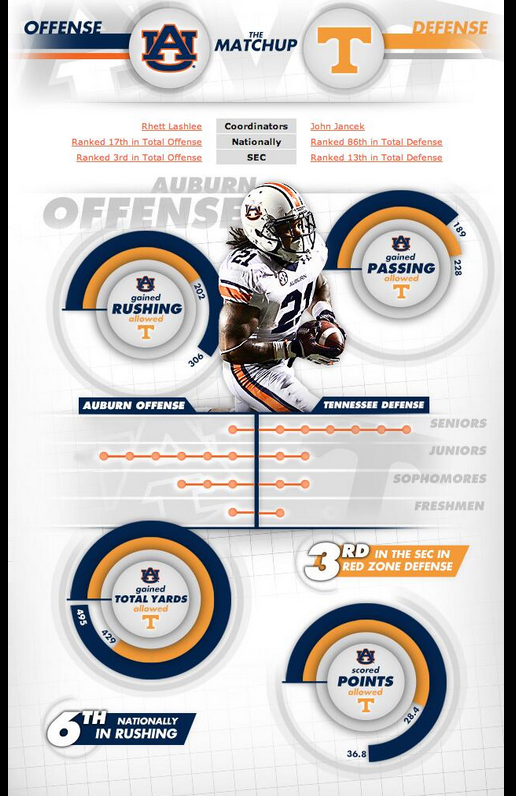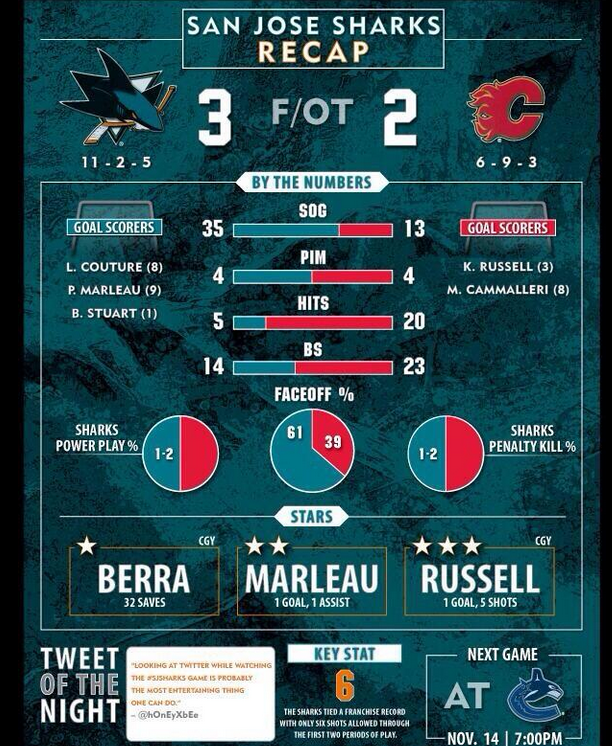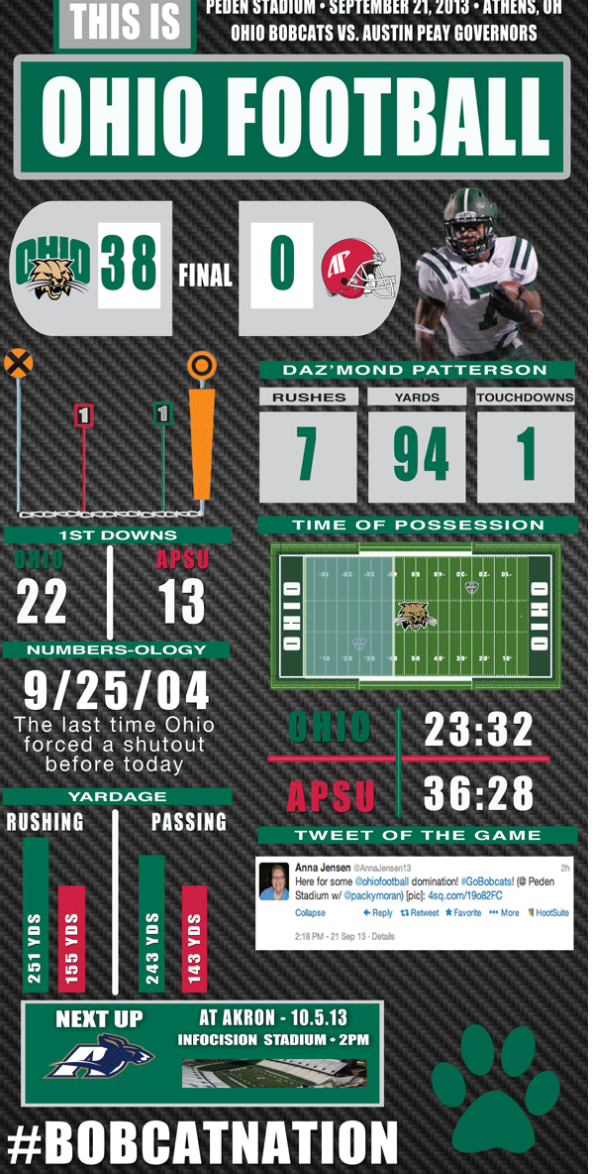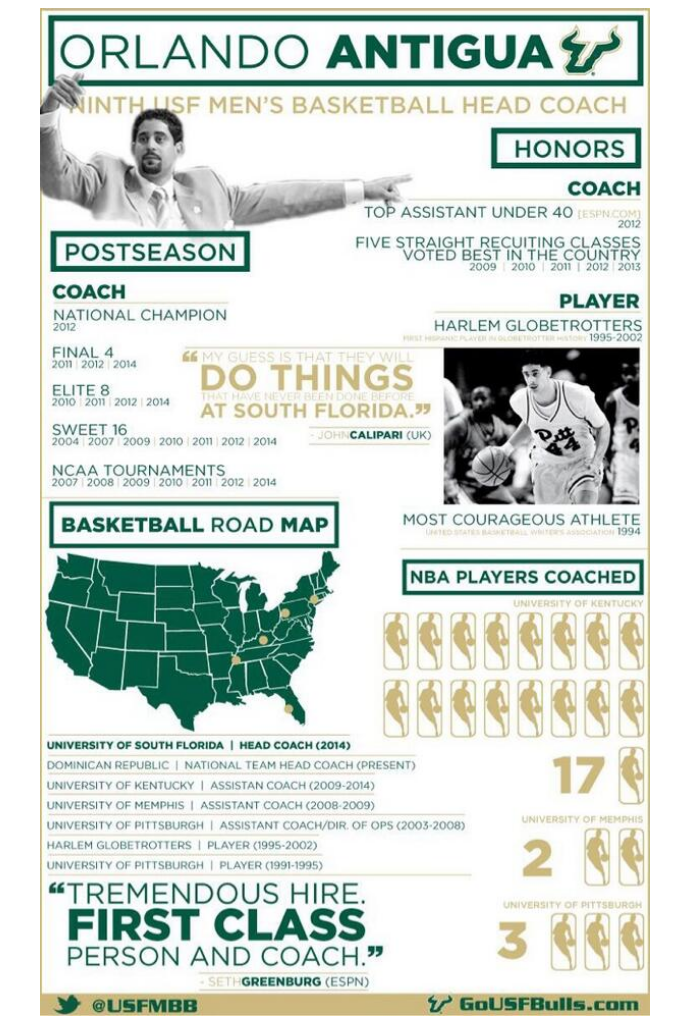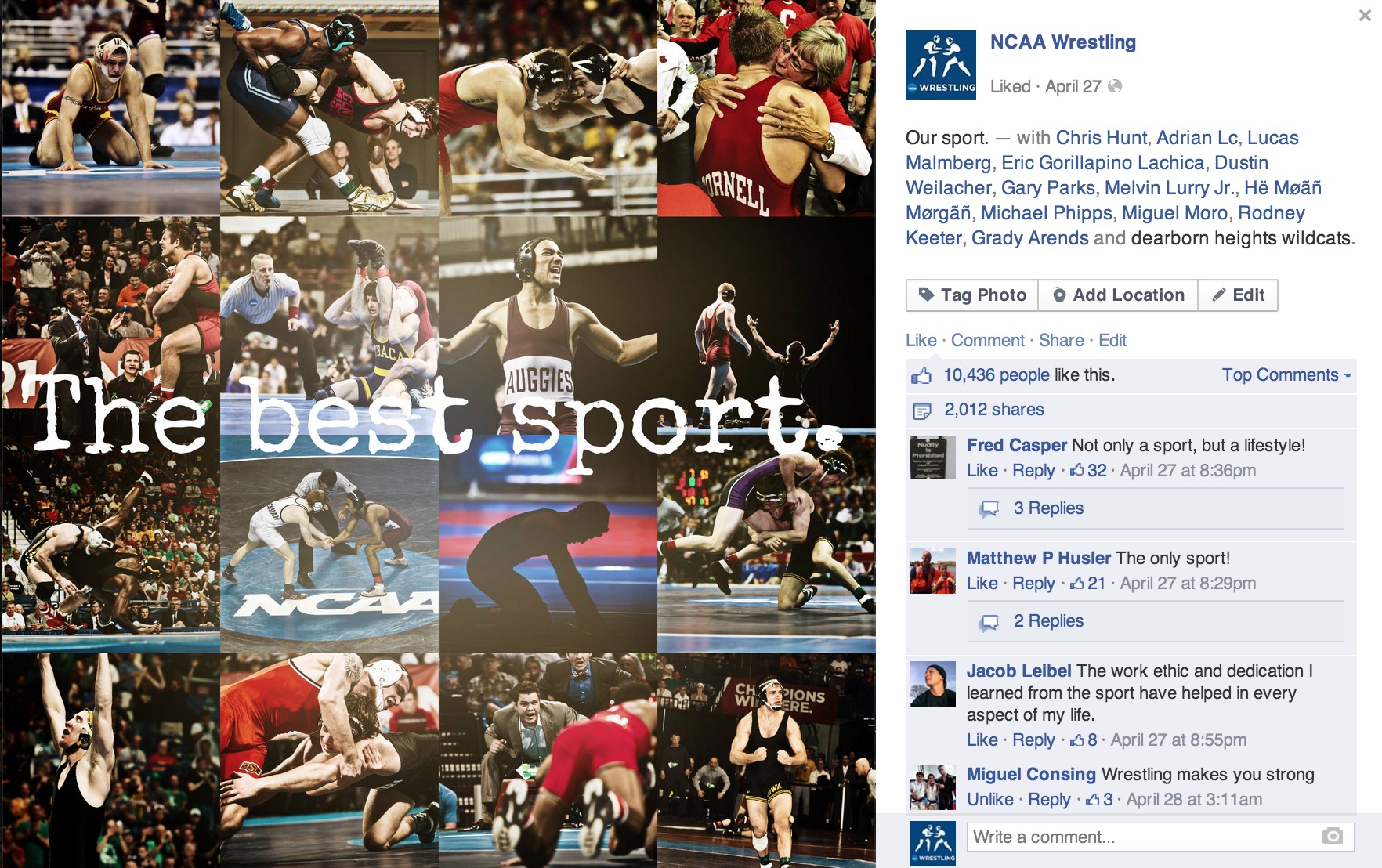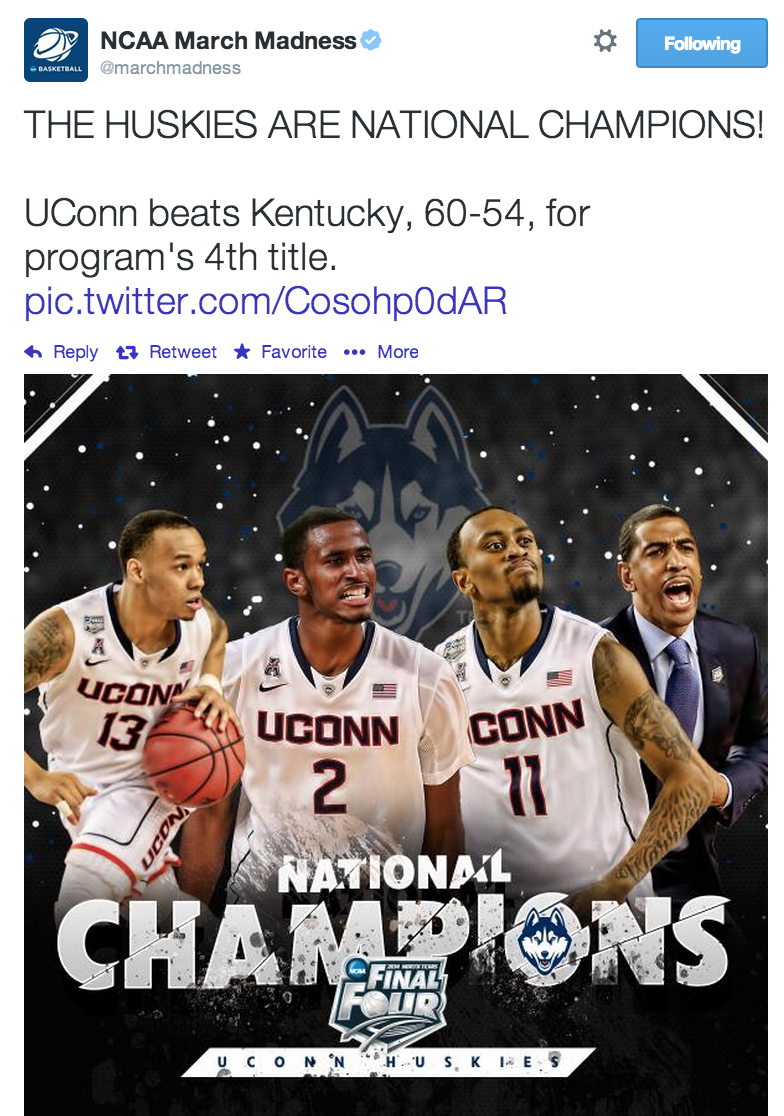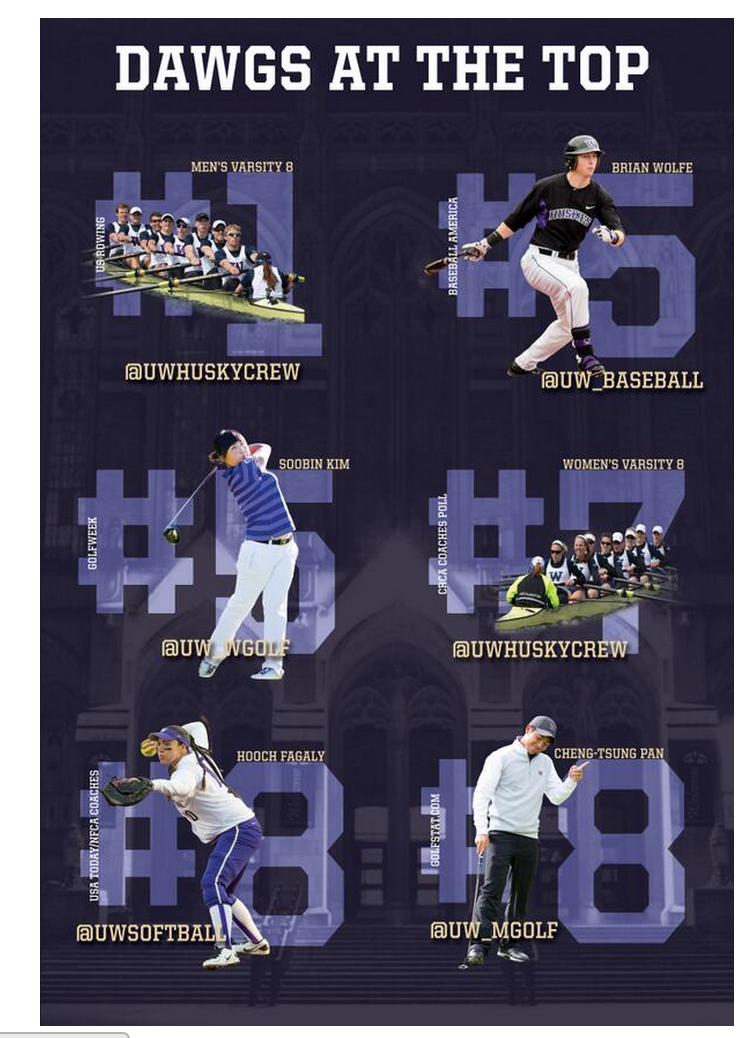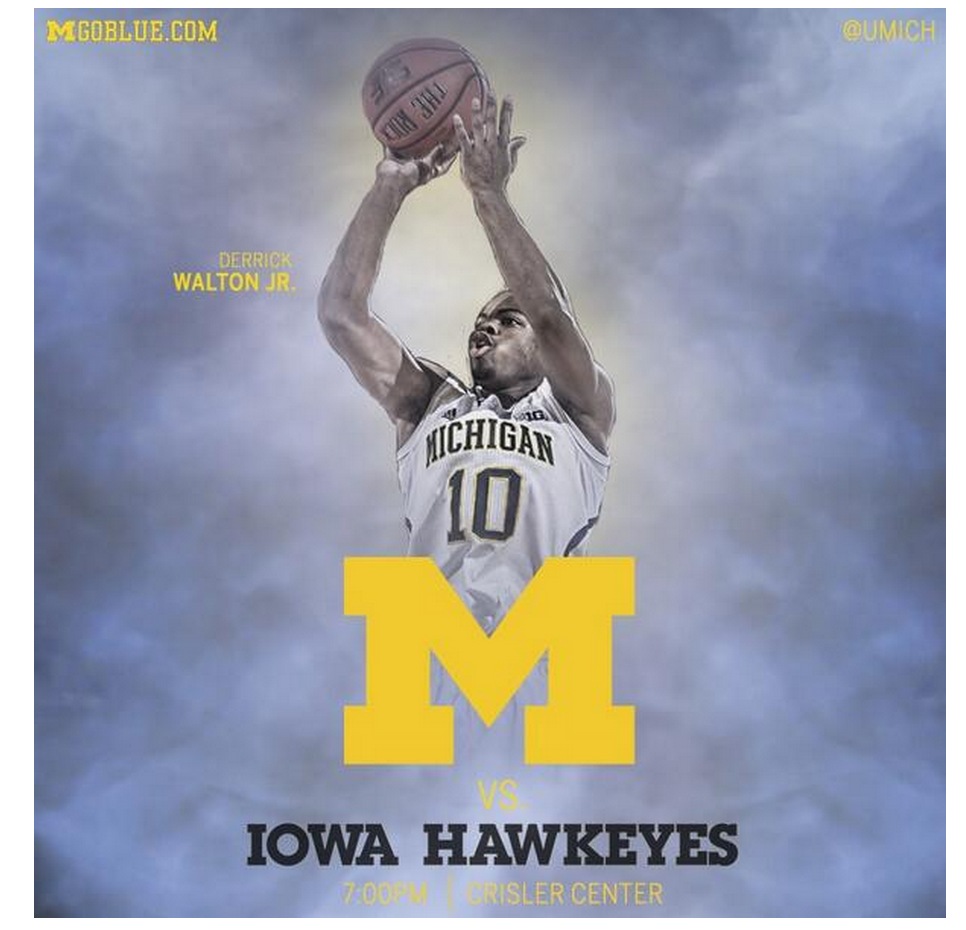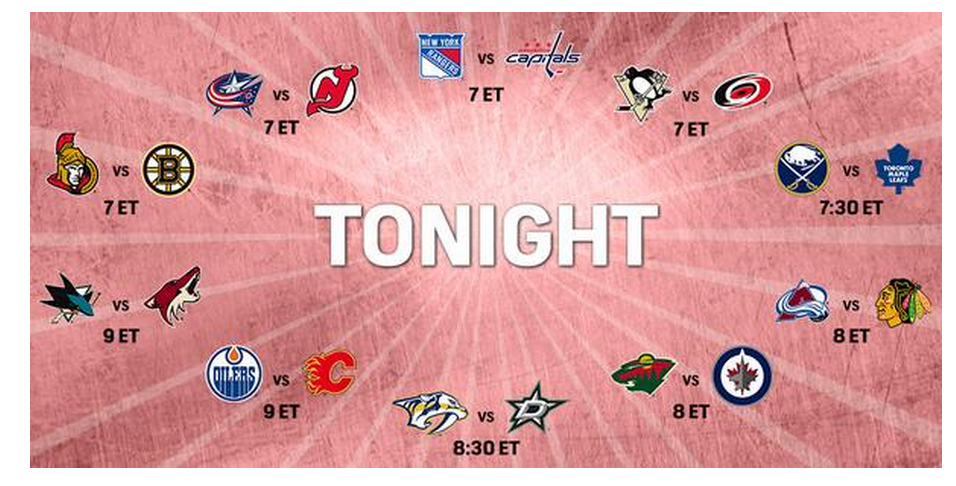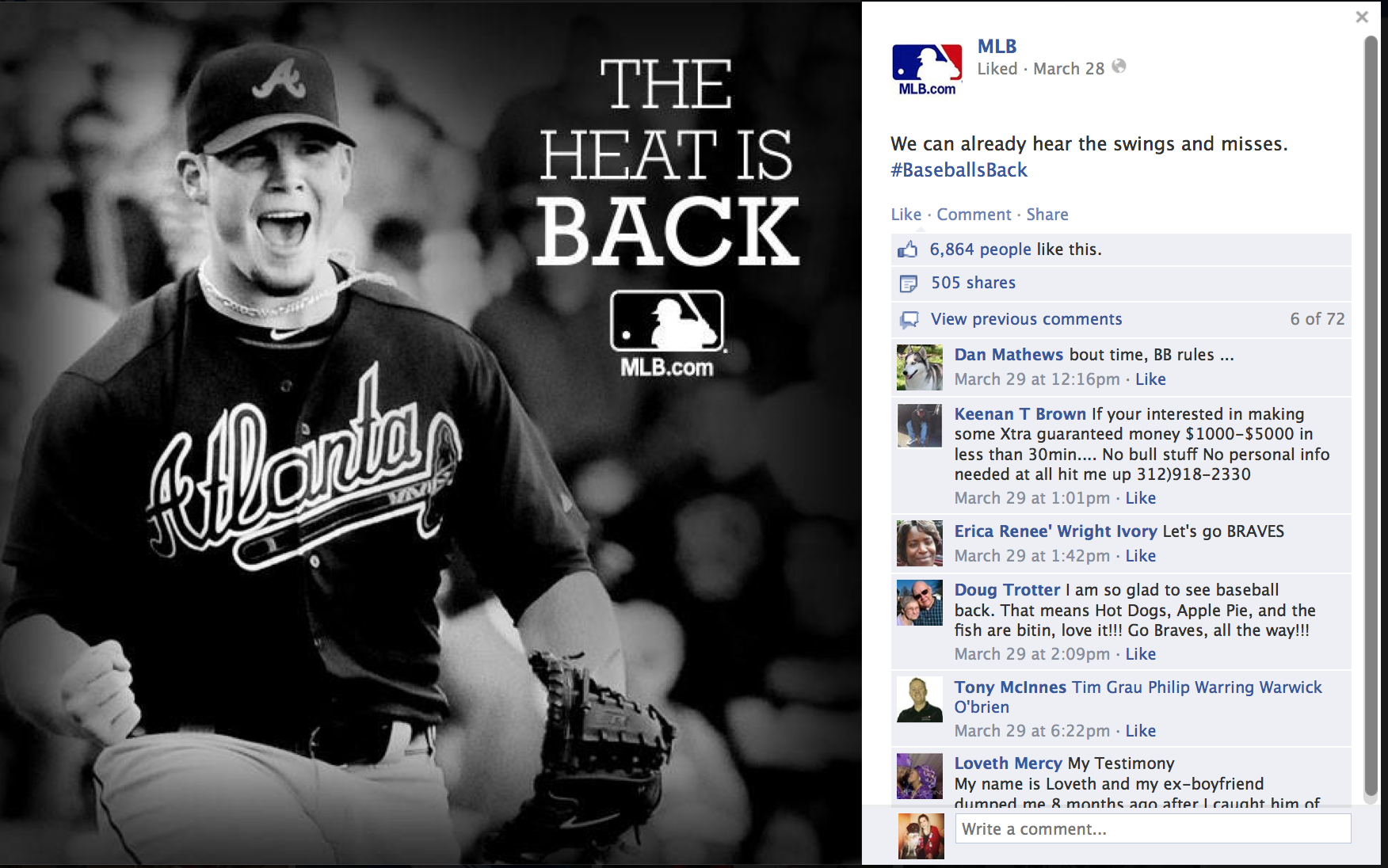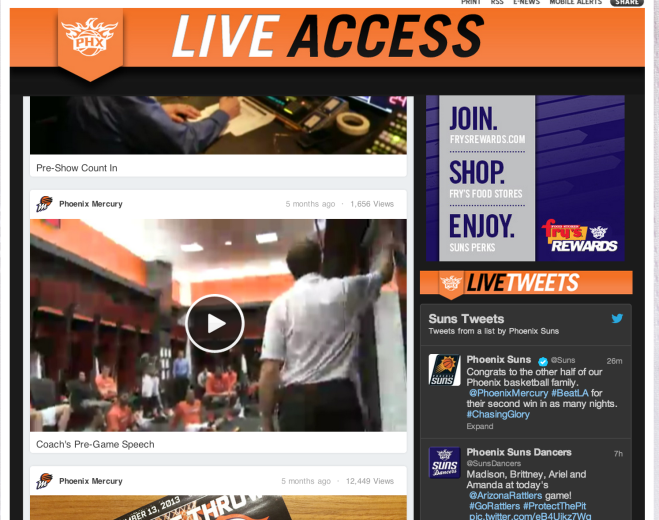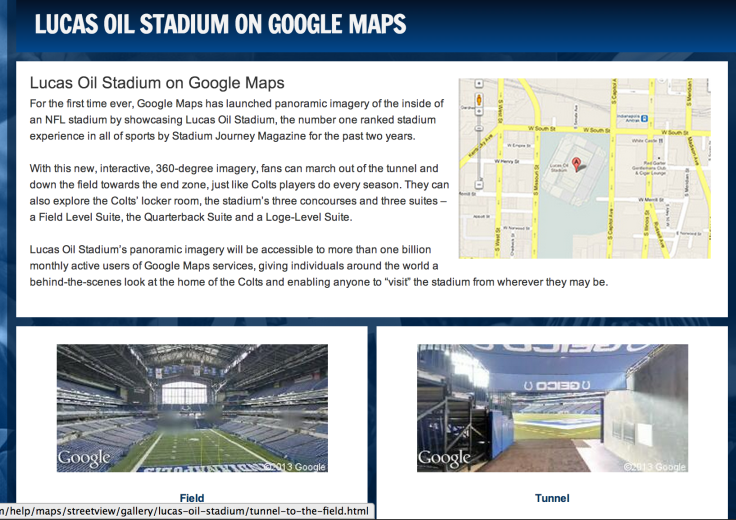One thing I love about the sports industry is that it lends itself to storytelling in many different forms and fashions. Written word, spoken word and visuals can all tell a powerful story for fans when you approach content the right way. As a social media manager, it’s easy to get caught up in the daily grind and not take a step back to see how you can tell a story in a different way.
Why is this important?
Repeat after me: Your role expands far beyond the platforms. Content is king and a good social media strategy starts with a content strategy. Platforms may come and go, but the need to communicate and tell a story online is here to stay.
Too often in social media we create content for the platforms without having legs to stand on. A content strategy should be inclusive of all platforms from web to social to in-venue and should include more than one element. After all, 140 characters are never enough to tell the full story.
Below are some of the basic questions you should ask as you embark on a content strategy:
- What’s the goal? What’s the story you are trying to tell?
- What’s the key message and common thread that will tie all the content together?
- Who is the audience you are trying to reach?
- How can you tell the story? Brainstorm all the pieces of content you can use to it.
- Where will the content live?
- How will the content be pushed out?
As you go through the process, I thought it might be helpful to have some examples of the content you can create. Below are 14 types of content you can use to tell a story (and remember, you often need several different elements to tell a story not just one piece of content). It’s my hope that this post might get you thinking outside the box if you are in a content rut:
1. Long-Form Features
Long-form isn’t something that needs to be created all the time, but when used with the right story and multi-media content, it can pack a powerful punch. Although attention spans are short, long-form still has its place. As Nebo Agency’s Evan Porter says, “it was silly to think that we could condense everything to its most minimal form without losing anything in the process”.
Several schools and organizations, like the examples above, have created beautiful long-form pieces that really stand out from the traditional short stories we see. The key to measuring success with these is time on page- make sure your readers are staying around to consume the piece!
2. Photo Essays
We all know that a picture is worth a thousand words, but several photos strung together to tell a full story is even more powerful. The great thing about photo essays is that there are many options to presenting the photos. Examples include:
- A collage hosted on your own website.
- A beautiful presentation using Exposure, like the ones above from Purdue and South Carolina.
- A Flickr album, like the one above from the NCAA.
- Flipagram, like this from Central Florida.
- Twitter’s new multiple photo feature.
- A Facebook album.
3. Infographics
Data visualization has been a trend in sports for a while now, and I only think it’s going to get stronger. Infographics are being used to replace game notes, celebrate wins, compare matchups, highlight student-athlete stats, etc. They are a great way to make dense information more consumable for fans!
Thankfully, if you have limited time and resources, there are programs out there that can help you create good infographics. I recommend checking out the following:
Video Storytelling
YouTube reaches more US adults ages 18-34 than any cable network (according to Nielsen). Online video is hot right now, but more importantly, it’s the way of the future.
In my post about 14 things I would like to see in social media and sports in 2014, one of the things I talked about wanting to see more of was video. Sports and video content are such a natural fit, yet it still seems to be vastly underutilized, especially the emotional, feature storytelling angle. Below are some videos in the sports world that do a good job telling a story. Let’s see more of it:
5. Graphics
I know this is an obvious one, but there are so many ways to use graphics to tell a story. If you don’t have time and resources to tinker for hours in Photoshop, I suggest you check out the two tools below:
6. Q&A
We often see Q&A’s hosted on platforms other than our own, like a newspaper or magazine, but Q&A’s can be a really simple and easy piece of content for teams and leagues. Not only are they easy to execute, but it can also be a great way to highlight a personal voice from a player, coach, etc.
7. Cartoons
Cartoon-type graphics might not seem like they go hand in hand with sports, but ESPN has nailed this form of content. It could be interesting for other teams to take note and give cartoons a try. These type of graphics need to be used strategically, so perhaps for commemorative / anniversary type pieces, rivalry games, etc.
It’s a long race, but the @Pacers jumped out to an early lead in the Eastern Conference Finals. pic.twitter.com/swGFDnjWxk
— ESPN (@espn) May 18, 2014
The @WashWizards are heading to the second round.
A new power is emerging in the nation's capital. #HouseOfGuards pic.twitter.com/2U3aE6h4gY
— ESPN (@espn) April 30, 2014
13. Let's go hunting. #Badgers #Fieldof32 pic.twitter.com/bmr4plvvyA
— Wisconsin Basketball (@BadgerMBB) March 22, 2014
8. Live Video
One of my favorite digital initiatives from the past year was #SunsLiveAccess where they provided a live stream, behind-the-scenes look before tipoff. We need more use of live video like this, whether it’s executed like the Suns did or through a Google Hangout.
9. Social Media Content
When you are trying to tell a story through a different point of view, reusing social media content can be a really great way to do so. My favorite platform for doing this is Storify. Not only is the platform easy to use, but the collection of content expands on Twitter making it a really great tool for the platform.
STORIFY: Words for Aaron http://t.co/POLxFwA2RY
— Georgia Bulldogs (@UGAAthletics) November 25, 2013
Schools and administrators take to Twitter to congratulate student-athletes on their graduation: http://t.co/3SoAU2r1Zg #NCAAGrads
— NCAA (@NCAA) May 17, 2014
10. Audio
Audio can be a really powerful piece of content, yet we rarely see it used alone. When I think about audio, I always go back to Auburn’s Rod Bramblett’s radio call about the miracle in Jordan-Hare that became hugely famous last football season. That piece of audio is powerful and doesn’t need anything else to go with it.
If you have a strong piece of audio, consider using Soundcloud to host it. The platform expands in Twitter, making it easily consumable for fans:
Nice use of SoundCloud #smsports RT @BadgerFootball: “White to the 5, White to the end zone, touchdown Wisconsin!” https://t.co/oIhfAqXSlZ
— Fieldhouse Media (@fieldhousemedia) November 2, 2013
In addition to traditional audio clips, Notre Dame has used Spotify to highlight coaches and student-athlete music lists. I think this an interesting piece of content that could be used to humanize staff. Here’s a good piece on their efforts from Andy Pawlowski.
11. Testimonials
Testimonials and first-hand accounts should be used more often. Whether it is a first-hand essay, video interview or simple quotes like the one above from Washington Athletics, a personal account is more powerful than even something from your strongest writer on staff. Remember, our fans want to hear from the players and coaches themselves!
12. Lists
We all know that Buzzfeed has found huge successful in their snackable content, a lot of which comes in the form of list. Lists could be a really cool and easy piece of content for teams and leagues. Examples of what this could look like include:
- Top 10 Reasons Why Auburn Fans Love Gameday (Yes I’m biased, but this could be a really opportunity to curate fans thoughts too)
- Top 15 Moments In Texas Sports History
13. Interactive Elements
There are a lot of opportunities for interactive pieces of content, whether it’s hosted on your own website or through another platform. One of my favorite tools that expand on Twitter is Thinglink, which makes your images interactive in a simple and easy process. Check it out:
Don't miss a minute of the #d1wrestle action! Find all the links to each mat on @ESPN3 here: http://t.co/uLktt1PQXX
— NCAA Wrestling (@NCAAWrestling) March 20, 2014
Fans attending @OhioState_BASE game today can participate in @BeTheMatchOSU Bone Marrow Registry for @zfarm34. http://t.co/NnDhMSMS04 #ZF11
— Ohio State Buckeyes 🌰 (@OhioStAthletics) May 17, 2014
Another interactive content piece I love is stadium tours on Google Map. The Colts were the first to do this in the NFL. It’s a great way to give fans a glimpse behind the scenes.
14. Gifs
Because gifs win, period. It also doesn’t hurt that Giphy now lets you share GIFs that point to other URLS (see tweet below).
https://twitter.com/nikeprotraining/status/466550474460504064
What other ways can sport teams and leagues tell their story online? Share your thoughts in the comments section below!
Thanks for reading!
0
